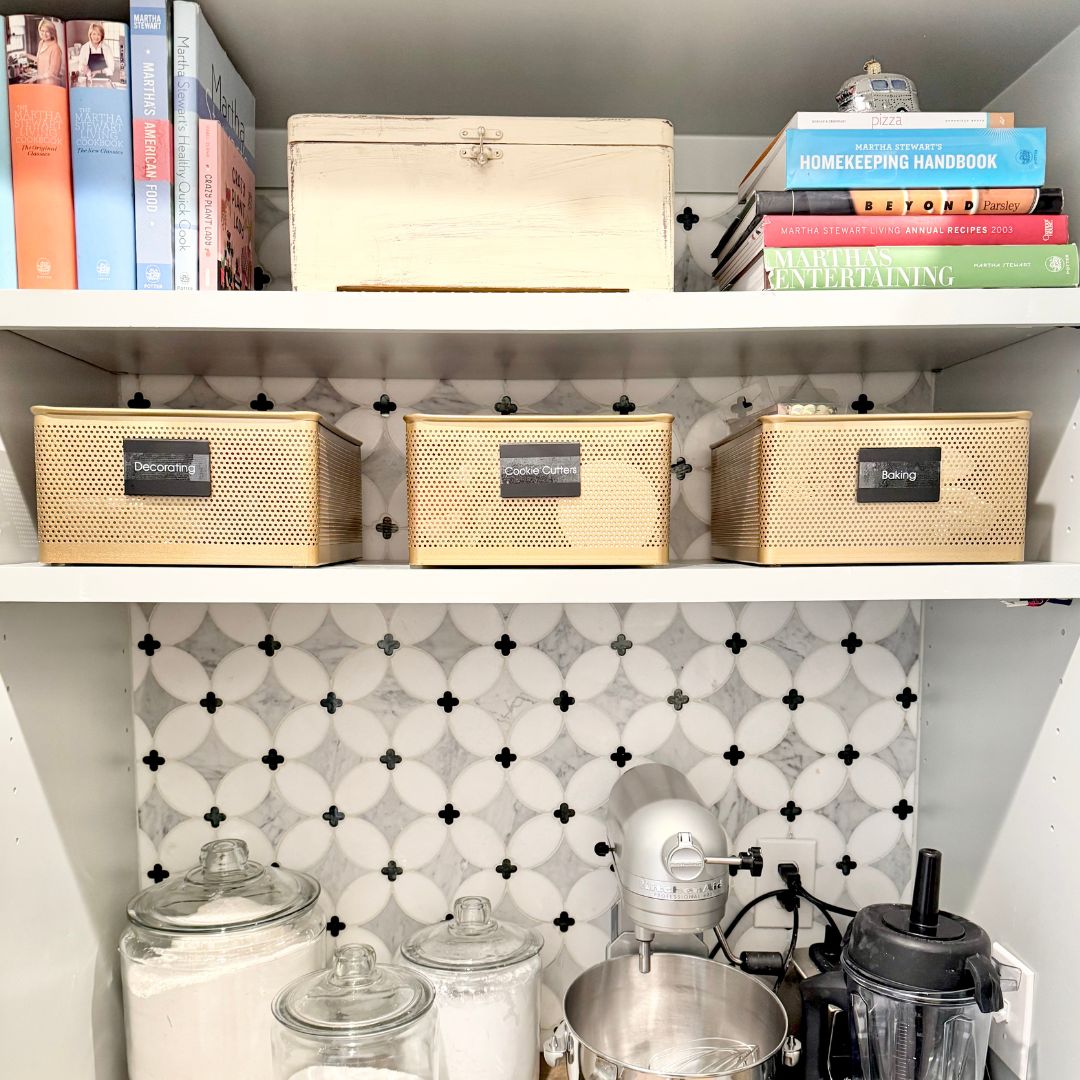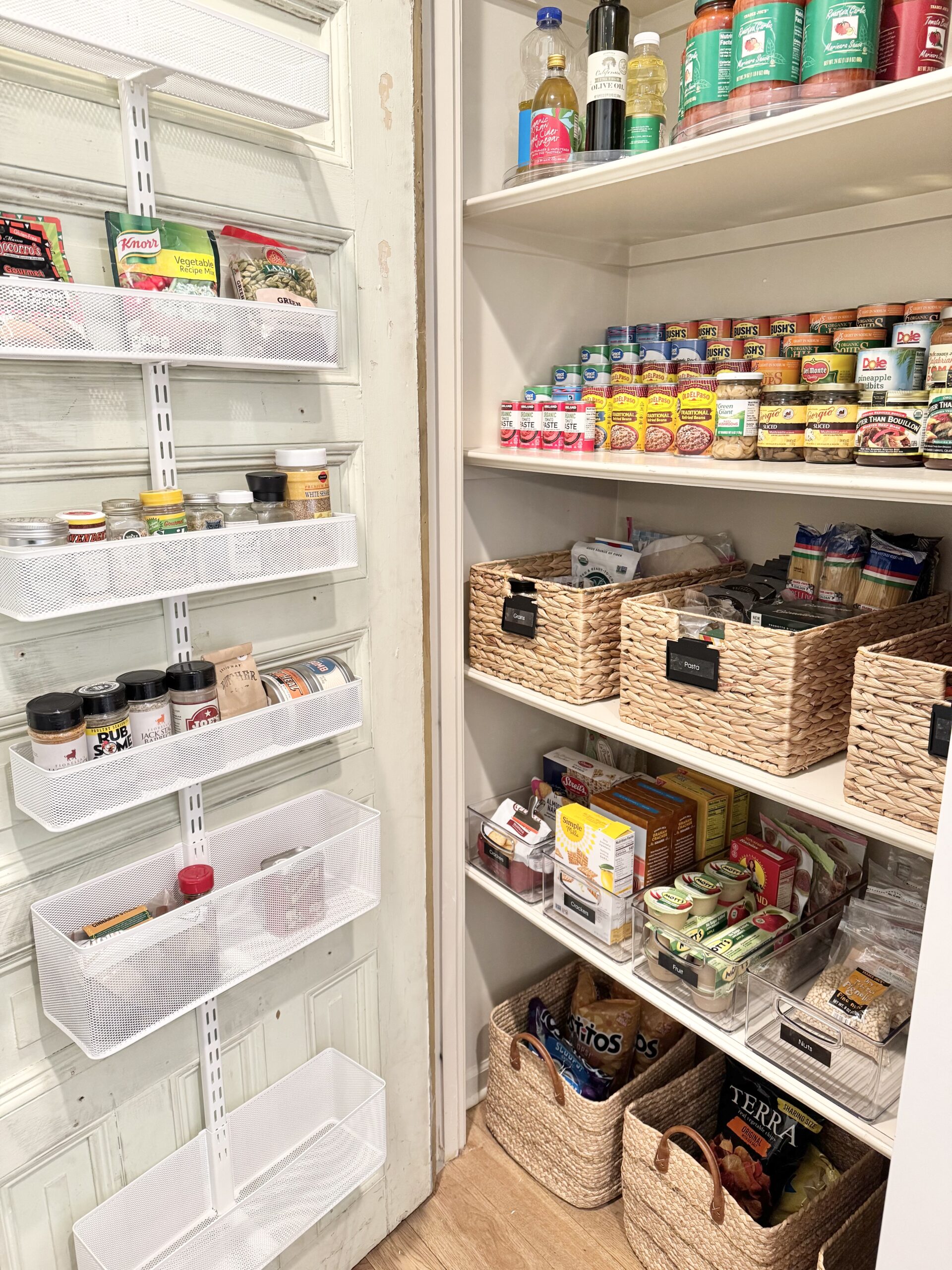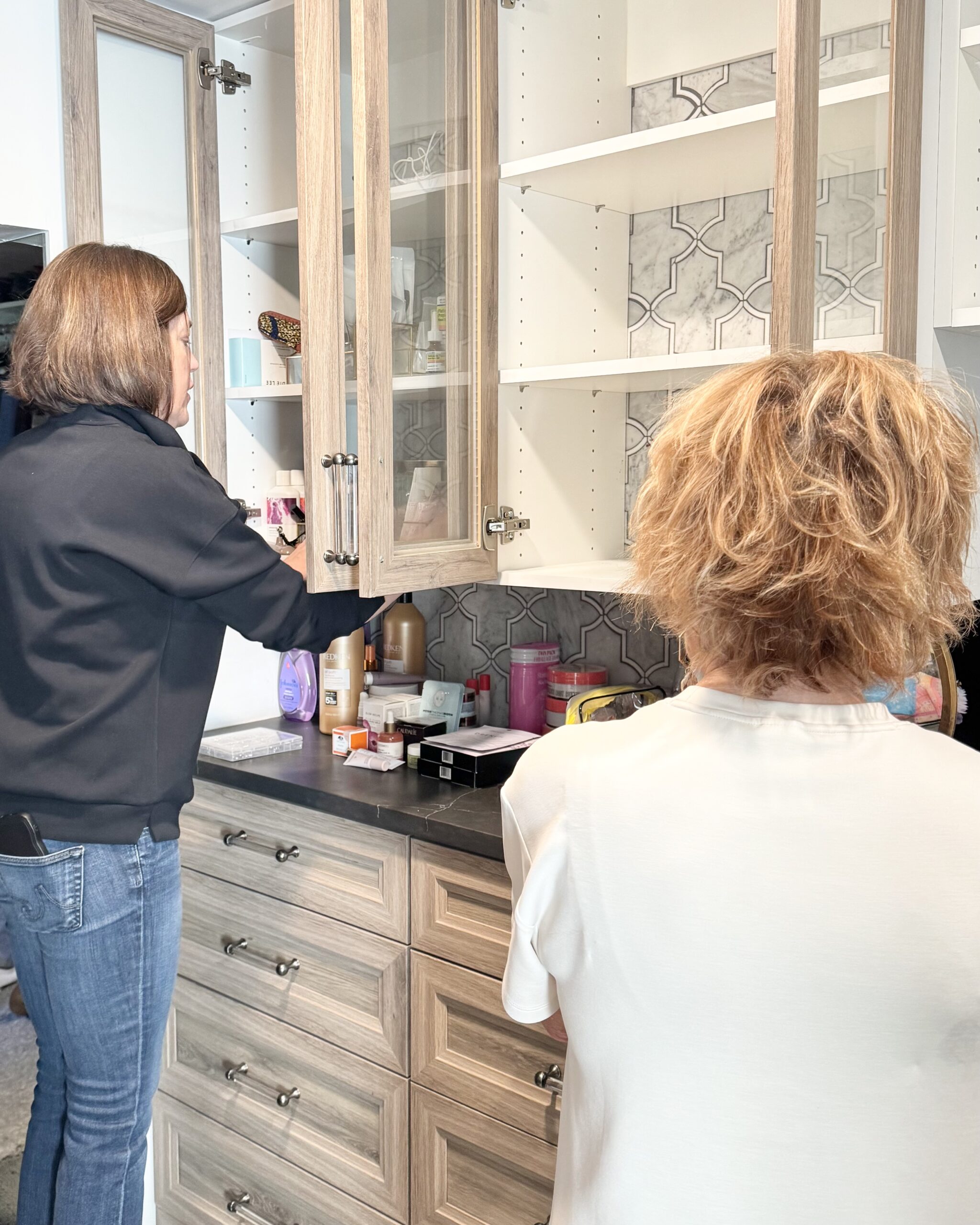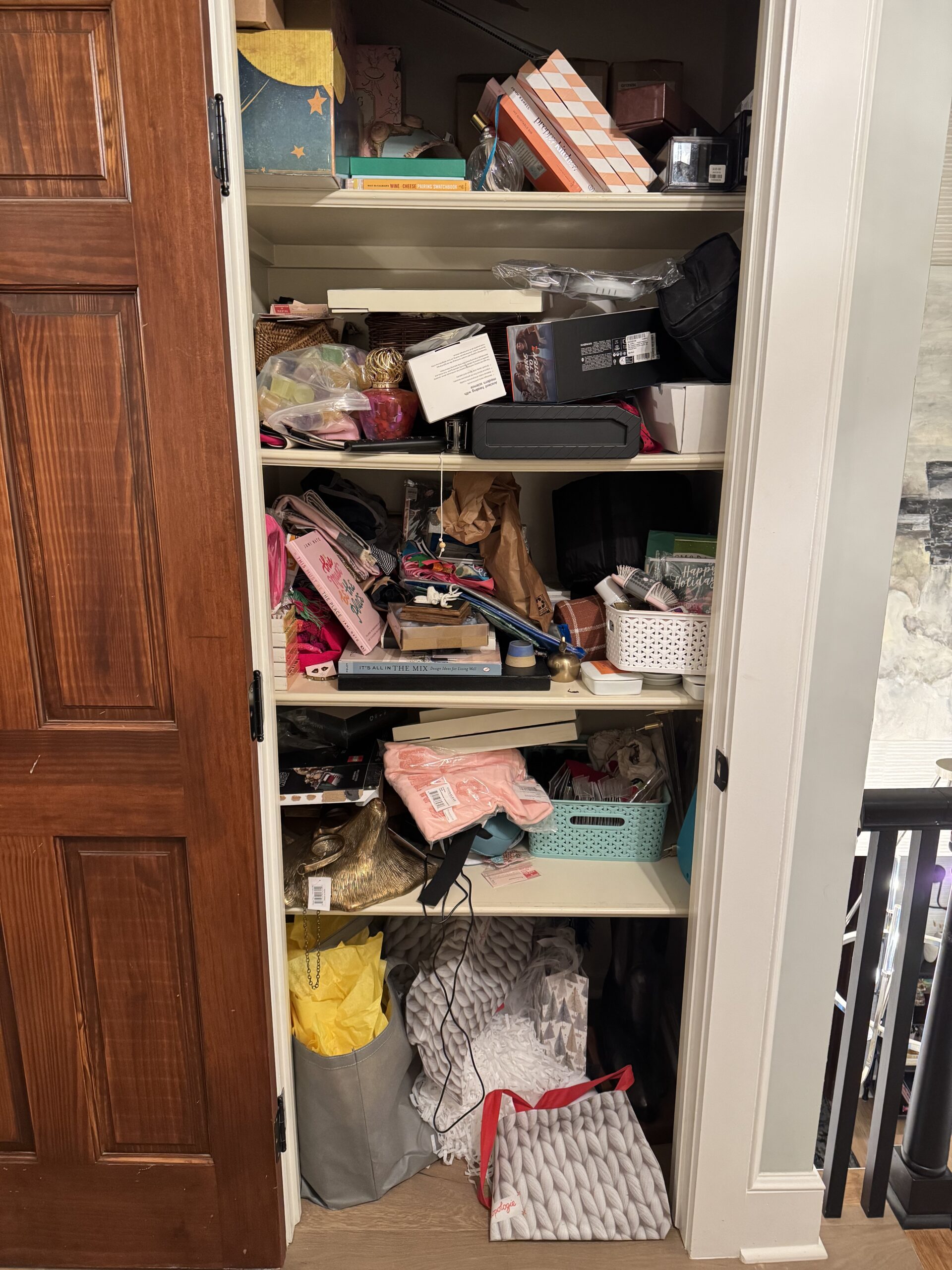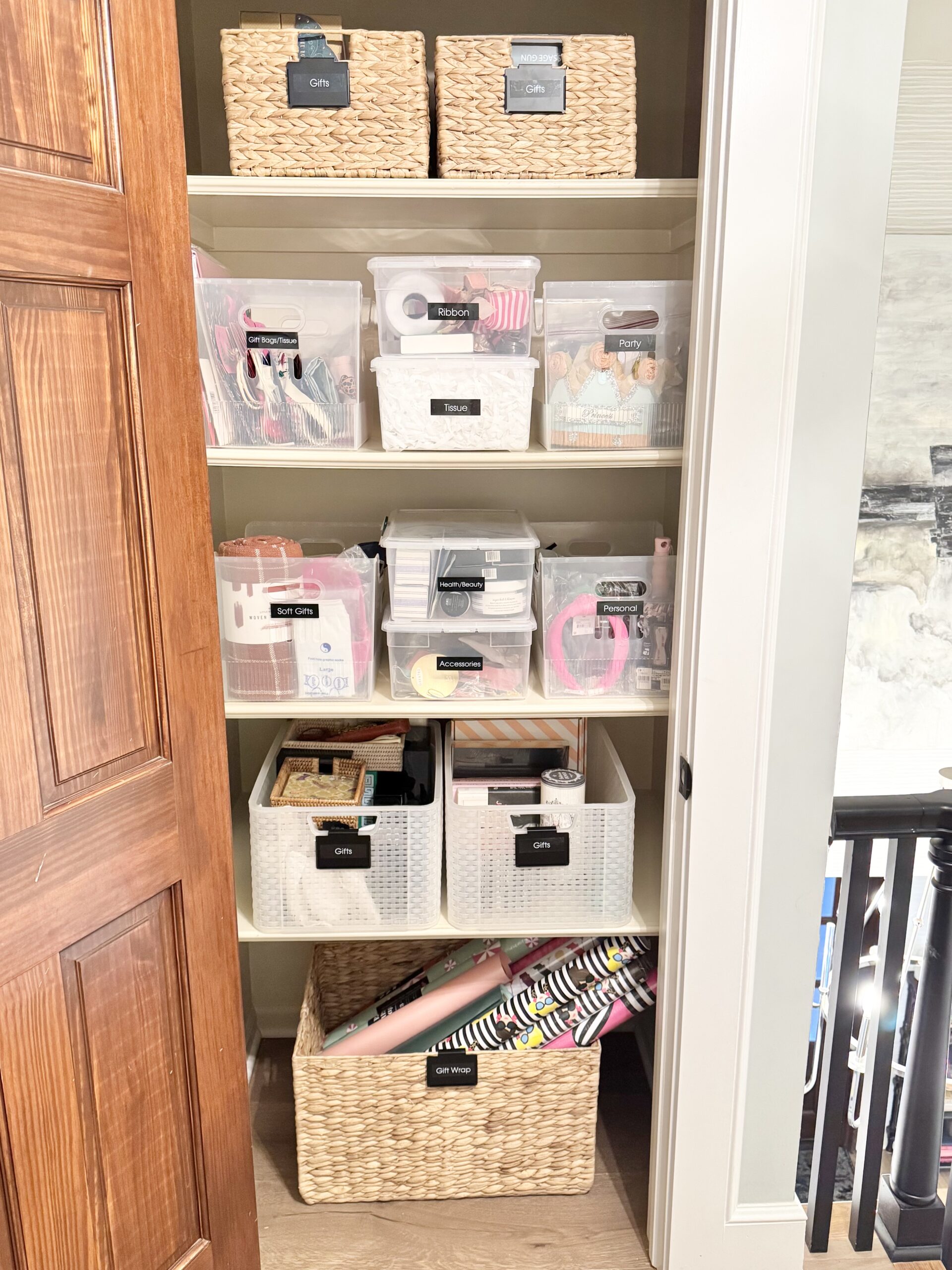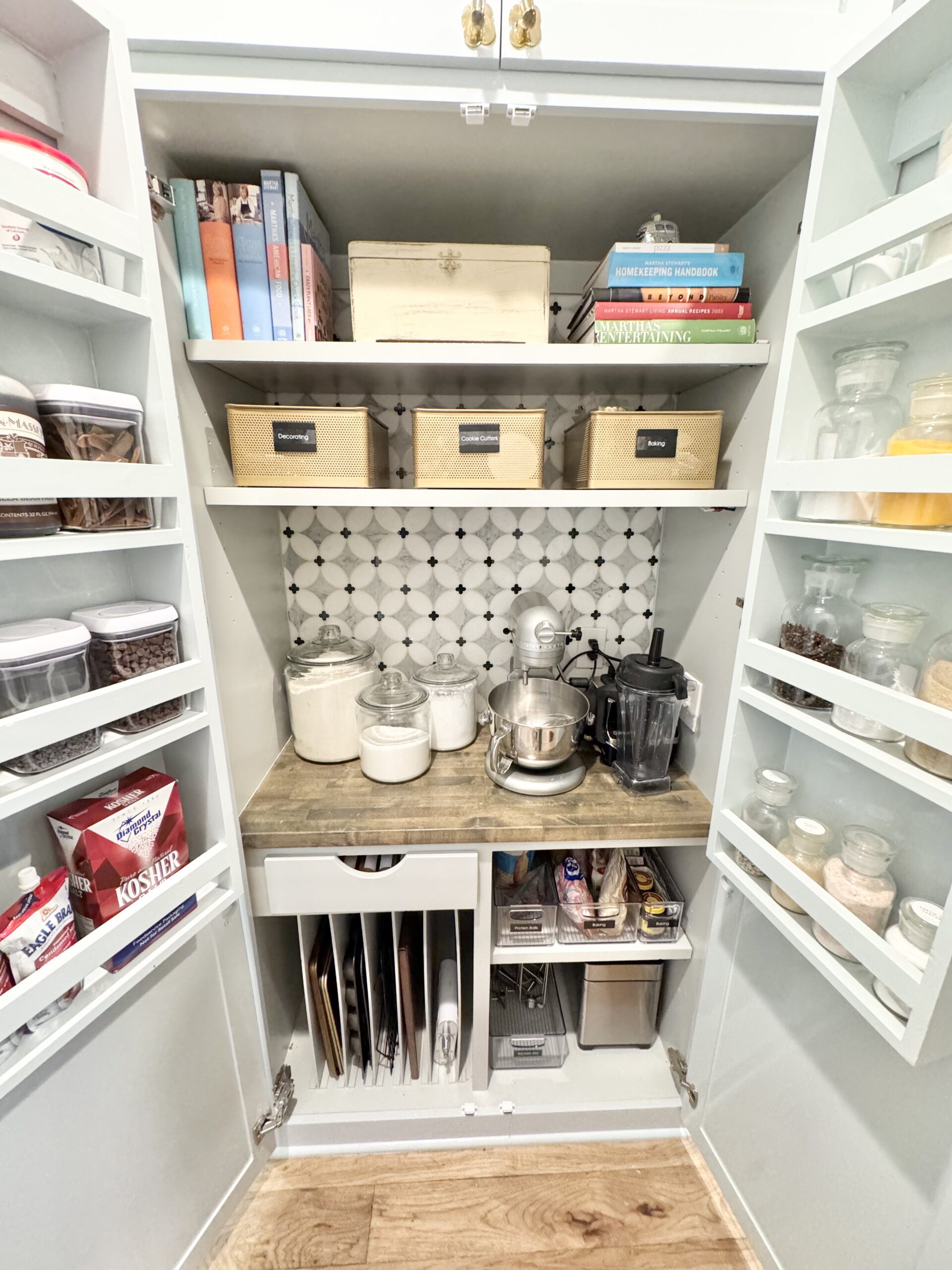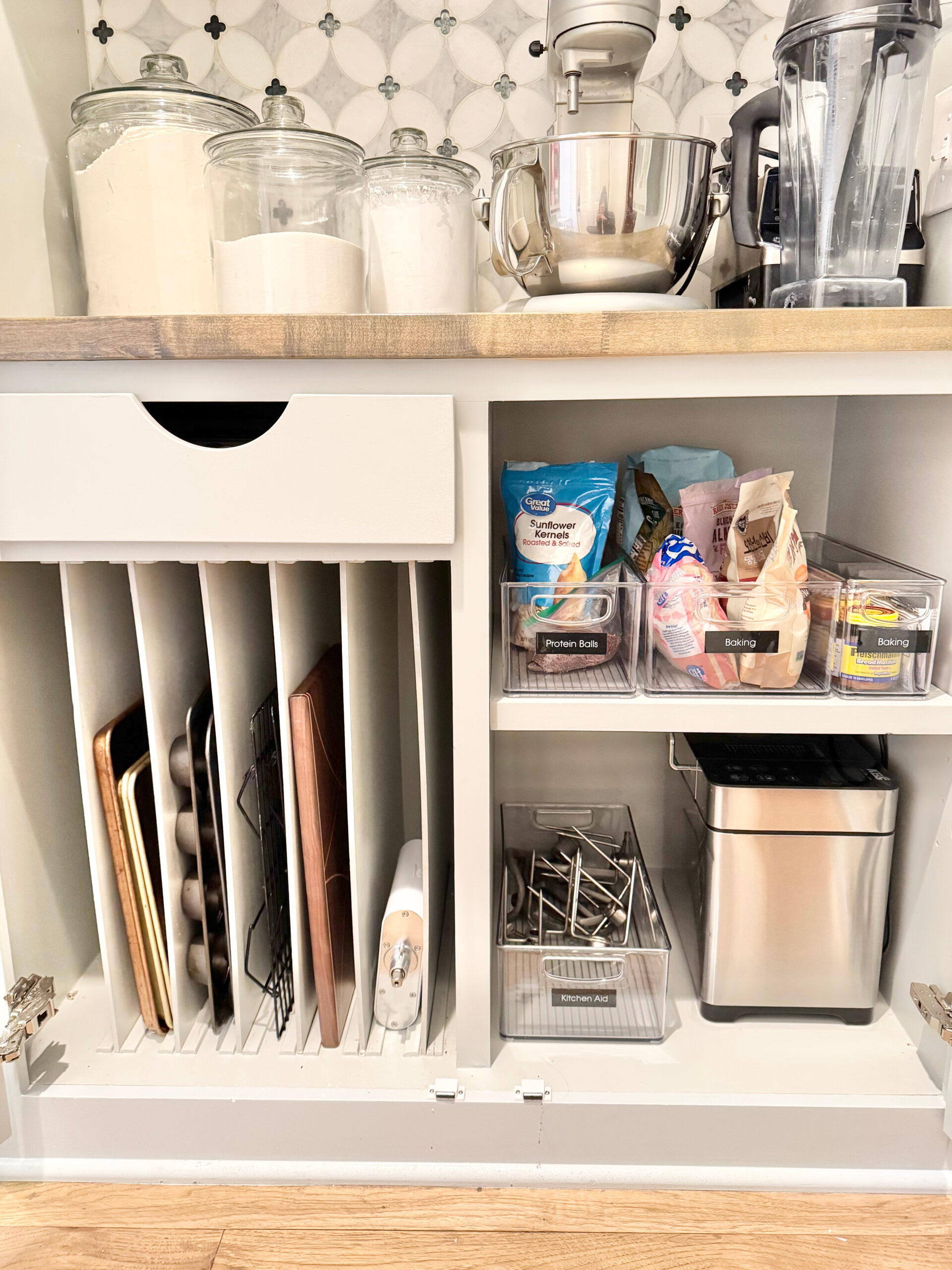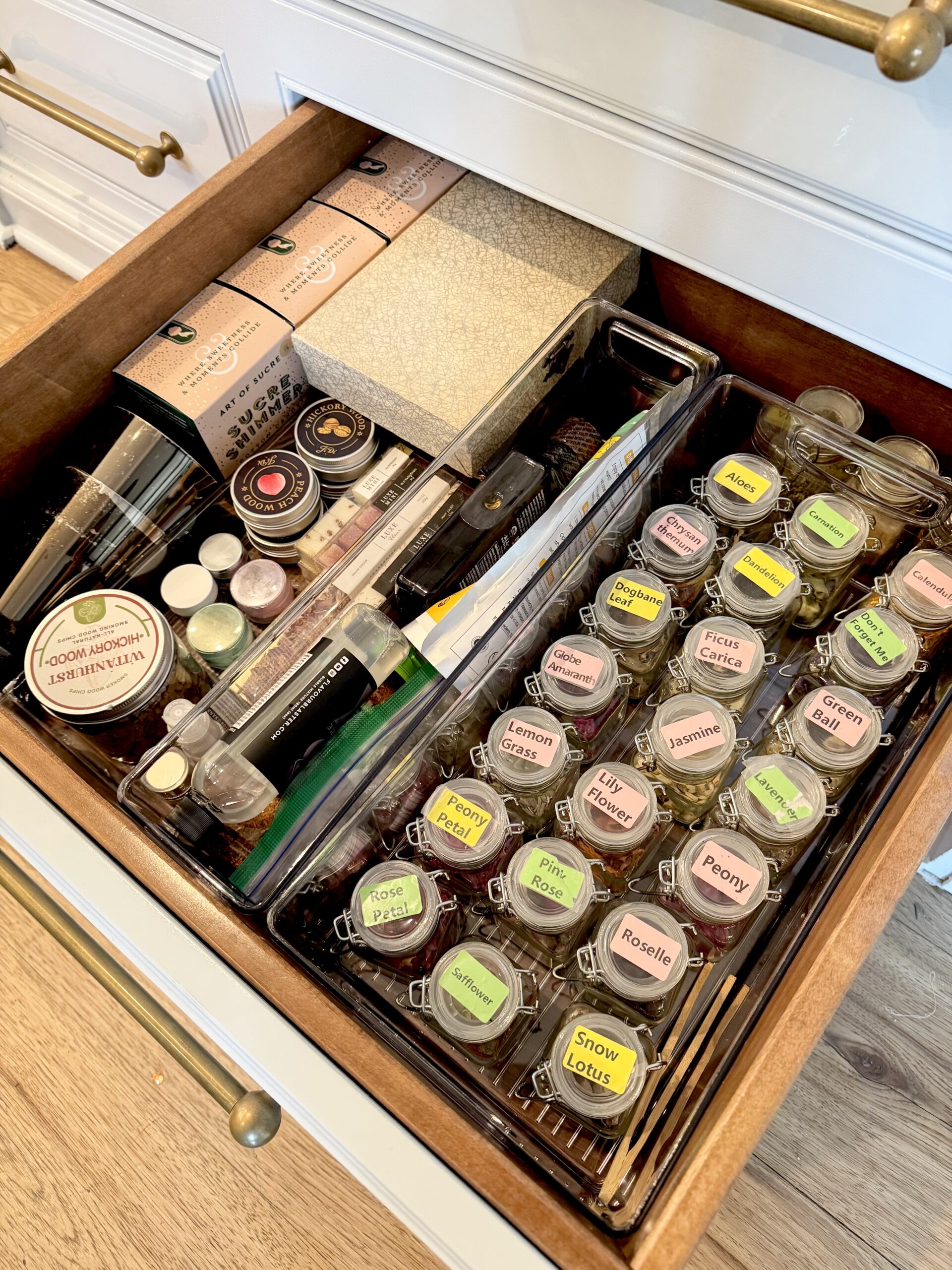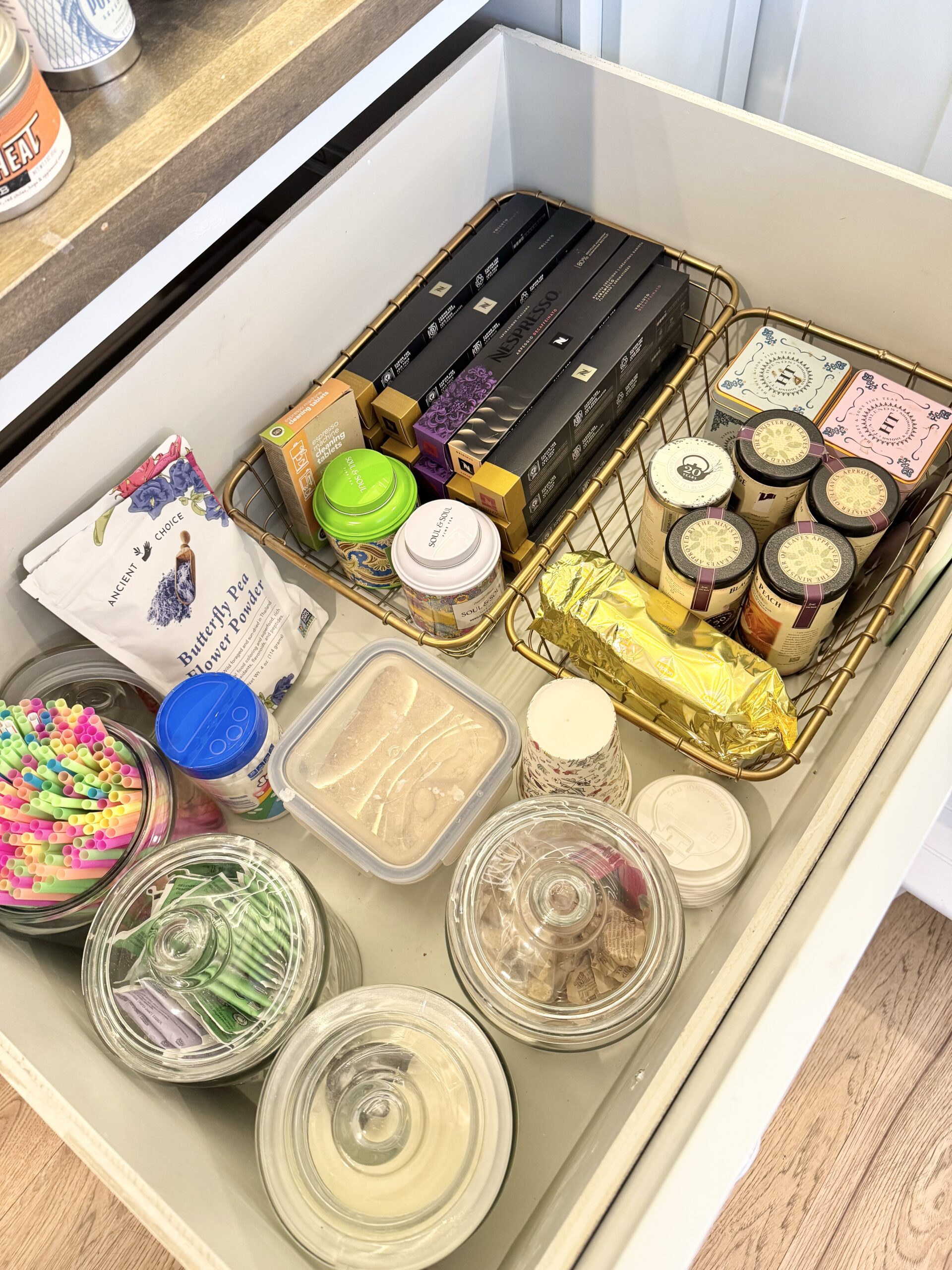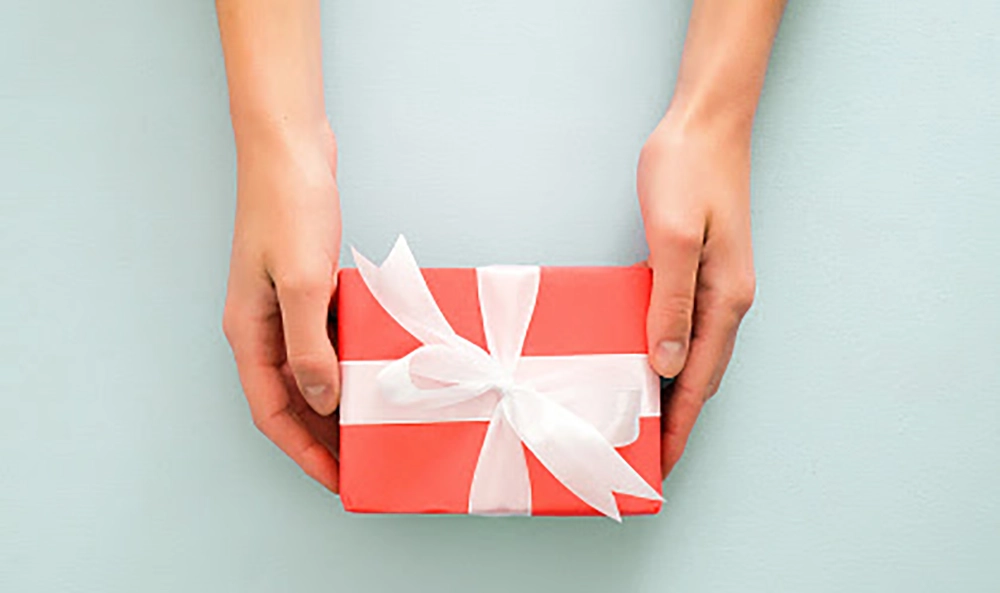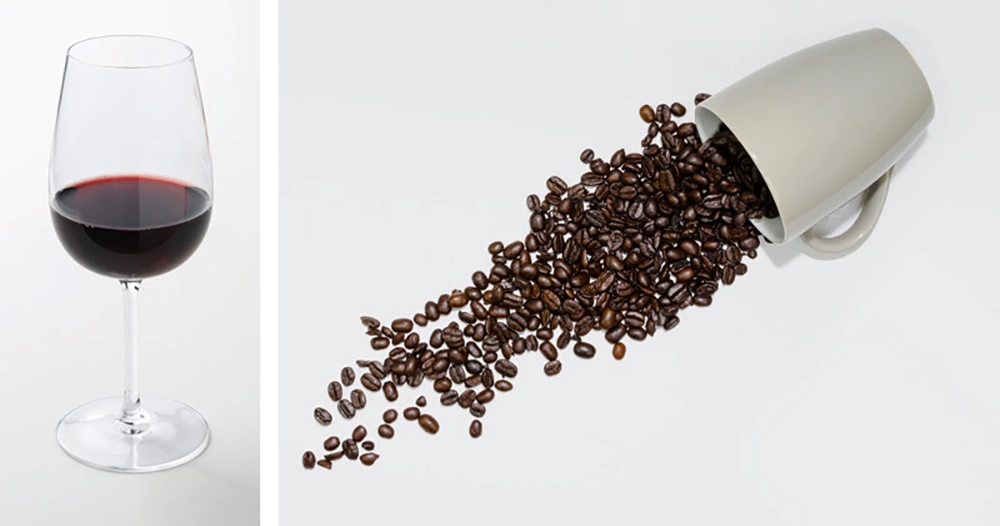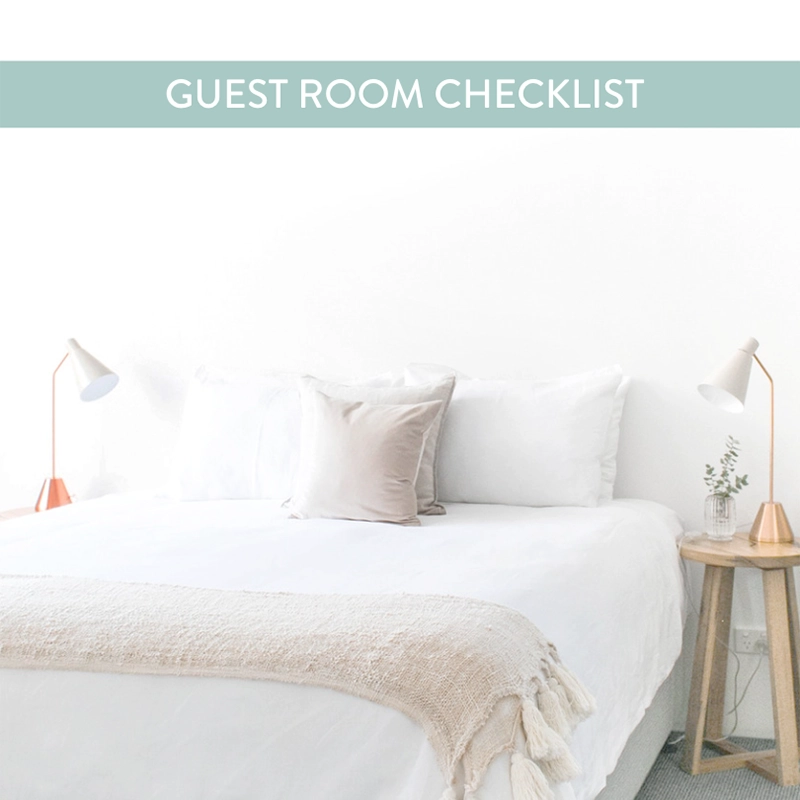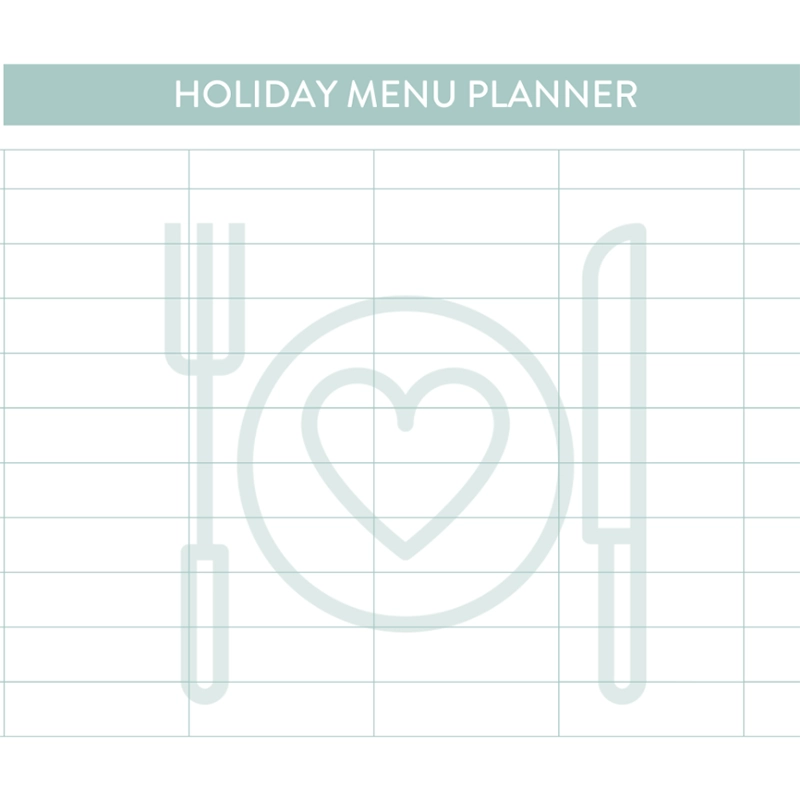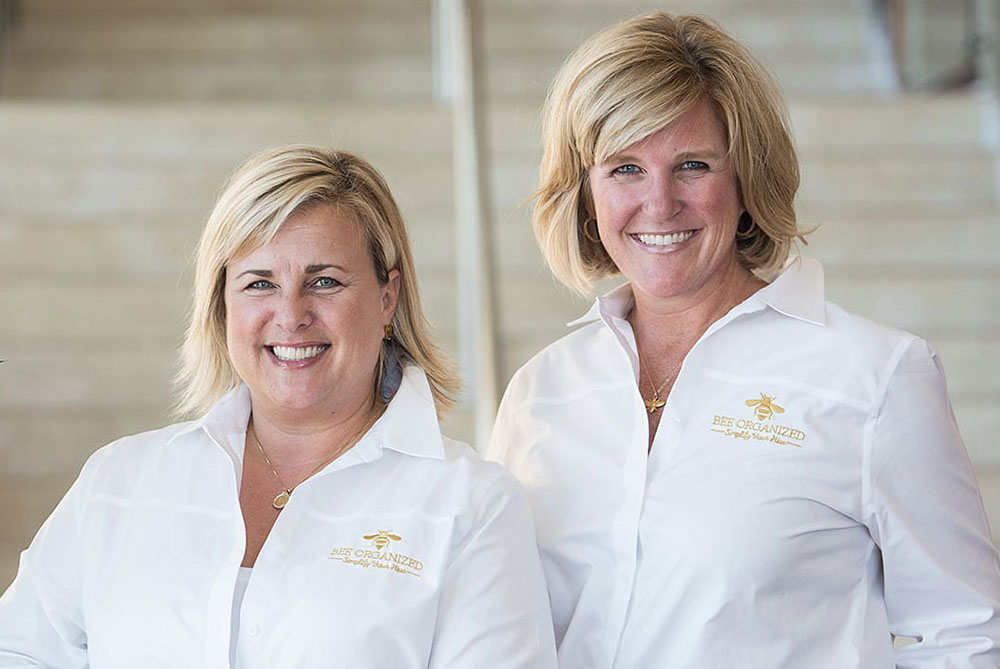Bee Organized wants to be a household name, and not just because of its work as a home organization concept.
“We really want to be seen as a thought leader in the industry,” said Kristen Christian, Bee Organized co-founder. “It’s so much more than numbers and quantities and dollar signs. We want to change people’s lives through organization.”
Bee Organized’s services revolve around home organization, with “worker bees” decluttering and organizing any and all rooms. The company tackles moving and life transitions, such as downsizing after the loss of a loved one, as well as concierge services, helping simplify to-do lists by running errands, shopping and seasonal decorating.
Christian and lifelong friend Lisa Foley created Bee Organized in 2015. Christian, Foley and Scott Sjoberg are equal partners in the company, acting as chief marketing officer, CEO and chief growth officer, respectively.
Christian and Foley describe themselves as having a yin-yang relationship, incorporating their unique personalities and skills into Bee Organized.
“Lisa and I have been best friends since junior high, and we joke that she has always naturally been very organized and I not so much,” Christian said. “Both of us had corporate backgrounds in our earlier professional lives … and then we both took time off to raise kiddos at home. In doing that, I came to the conclusion that organization really helped me be a better version of myself, allowing me to be more present and effective.”
Franchising began in 2017, with the company now at 42 units in 22 states. Franchisees operate all but one unit, the flagship location that’s run by Christian and Foley in Overland Park, Kansas.

From left, Bee Organized co-owners Lisa Foley, Kristen Christian and Scott Sjoberg.
The decade-old company has driven sizable unit growth as of late, opening 18 units in 2024. As Bee Organized continues to grow, with plans to open 20 units this year, the co-founders believe success comes from sourcing mission-driven franchisees determined to scale the model and possess a front-facing community presence.
“We try to look at everything we do through the lens of actually being a franchisee,” said Sjoberg, who highlighted his own franchising experience. “What we do, how we do it, how that feels to them as a franchisee … I can talk to a prospect and say, ‘I know how you’re feeling. You’ve got all the jitters, you’re excited, you’re scared. We can walk through that together.’”
The cost to open a Bee Organized franchise ranges from $38,416 to $58,881.
The company’s core “Beeliefs”—“We love all the puns,” said Foley—are integral to the company’s success, those being confidentiality, compassion and approaching each project without judgment. Franchisees and staff in training are given temporary tattoos of the values as a lighthearted reminder of the company’s mission.
“Without those values, we really would not be where we are today,” Foley said. “For Bee Organized, it’s kind of different than a lot of our competition. It’s really not about the Pinterest-perfect, after picture of a project; it’s when we leave someone’s home, how we’ve made them feel.”
The company’s Bees Giving Back program plays into those values, encouraging franchisees and staff to participate in local volunteer and charitable work. On top of supporting a good cause, the program builds community engagement and familiarizes locals with the brand, reducing the stigma around asking for help with decluttering.
“We often say our biggest competition is people’s fear of being judged,” Christian said. “It’s so intimate what we do, as we come in and see areas and spaces and parts of their home and life they’re not so proud of.”
As Bee Organized looks ahead to large-scale goals, like reaching 100 units by 2028, the brand is focused for the time being on sustainably growing toward becoming a household name, feeling a duty to franchisees to scale the right way.
“In this space, there’s very few franchising—which was very attractive and still is—but we know we have competition and are going to have more,” Sjoberg said. “While we’re doing that, we’re doing everything possible to enrich, enhance and protect the brand and grow so Bee Organized is the first company that comes to mind when someone says professional organizing.”
Read the full article on franchisetimes.com.



